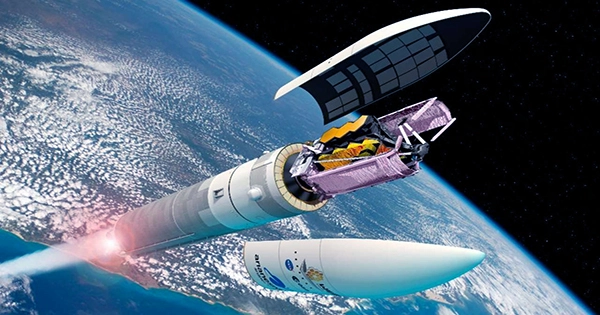Japan launched a rocket carrying what it hopes would be the country’s first successful Moon landing on Thursday (September 7), as shown in live footage broadcast by the country’s space agency.
The H2-A rocket, carrying the precision “Moon Sniper” lander, took launch at 8:42 a.m. (2342 GMT Wednesday) and is anticipated to arrive on the lunar surface in four to six months.
After being postponed three times owing to severe weather, the rocket was launched from Tanegashima in southern Japan, attracting approximately 35,000 internet spectators.
A research satellite created by NASA, the European Space Agency, and the Japan Aerospace Exploration Agency (JAXA) is also aboard the rocket.
Japan launched the moon lander exactly a month after India’s probe landed near the Moon’s south pole, which was viewed as a historic victory for the country.

The Japanese small lander, officially known as the Smart Lander for Investigating Moon (SLIM), is meant to land within 100 meters of a selected target on the Moon’s surface.
“By developing the SLIM lander, humans will make a qualitative shift toward being able to land where we want, rather than just where it is easy to land,” JAXA stated prior to the launch.
“By doing so, it will be possible to land on planets with even fewer resources than the Moon.” There have been no previous cases of pinpoint landings on celestial worlds with significant gravity, like the Moon, anywhere in the world,” it noted.
To date, only India, the United States, Russia, and China have been able to land spacecraft on the Moon’s surface, with India becoming the first country to do so on the Moon’s south pole. All previous Japanese attempts have failed, including a lunar probe dubbed Omotenashi launched last year as part of the United States’ Artemis program.
Omotenashi, which was the size of a knapsack, would have been the world’s smallest Moon lander. However, after the probe was launched by NASA’s strong rocket from the Kennedy Space Center in Florida, the mission encountered problems and eventually lost contact with it.
Japan also had launch rocket issues after the next-generation H3 model failed after liftoff in March and the dependable solid-fuel Epsilon failed last October.















